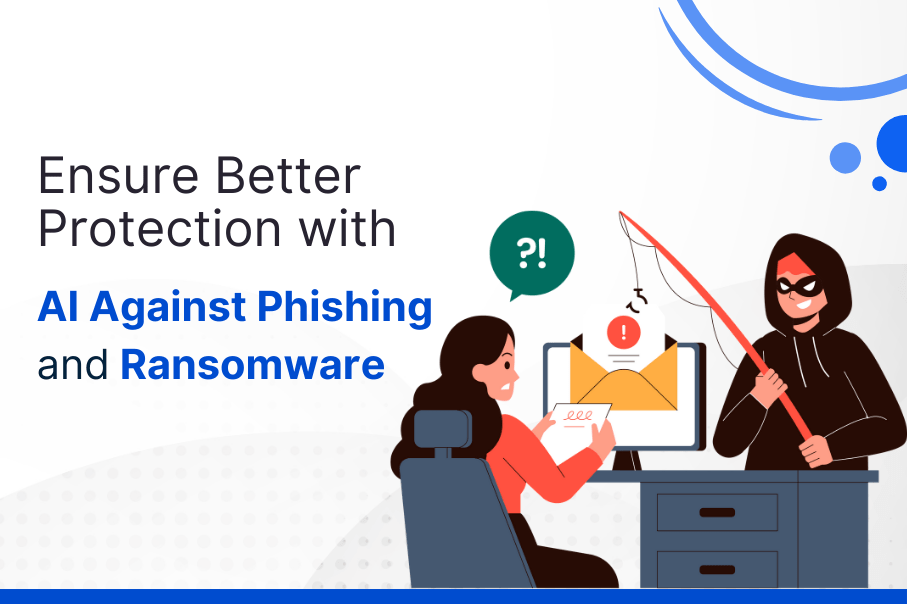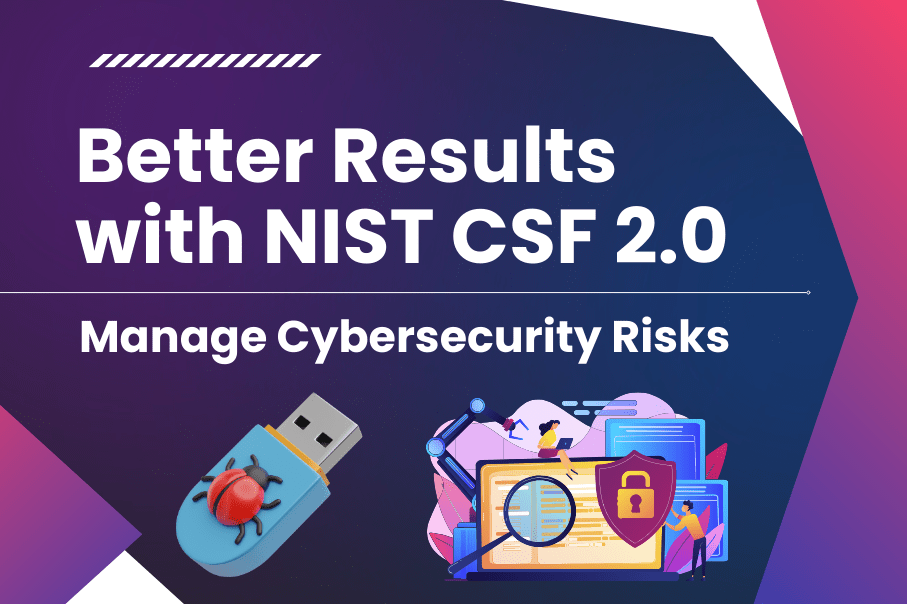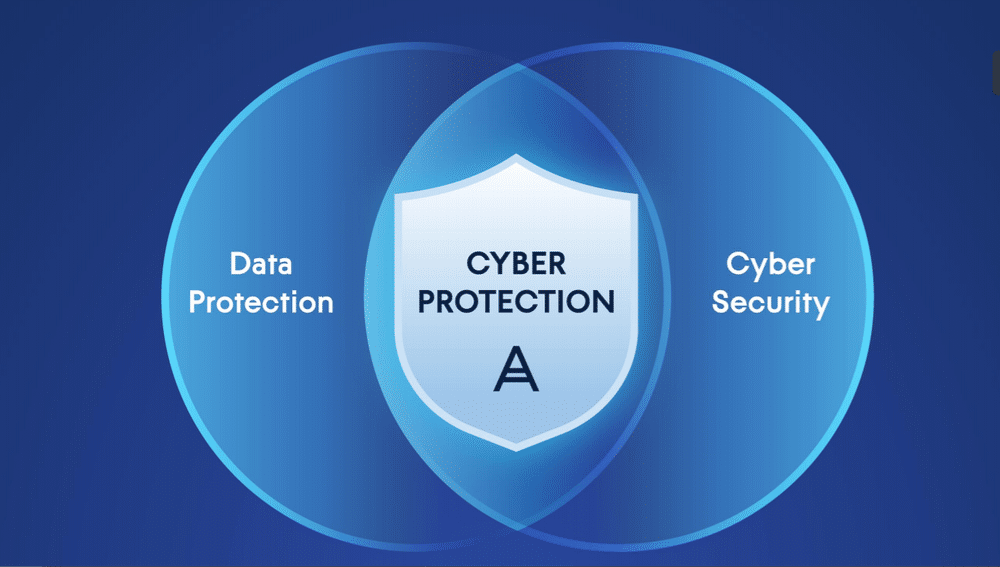In the chaotic realm of cyberspace, where digital pirates roam and data breaches loom, having a cybersecurity management response plan is like having a sturdy lifeboat in a stormy sea. But why do we need such a plan, you ask? Well, my cyber-savvy friend, let me enlighten you!
Why We Need a Response Plan:
Imagine your company as a fortress, surrounded by a moat filled with hungry alligators (metaphorical, of course). Now, picture hackers as crafty ninjas trying to breach your fortress walls. Without a response plan, it’s like inviting these ninjas to a tea party inside your castle. A response plan is your battle strategy, your playbook to fend off these digital intruders and keep your kingdom safe.

Key Criteria for a Rock-Solid Response Plan:
Preparation: Just like Batman preps his utility belt before a showdown with the Joker, your response plan should be well-prepped with the latest tools, protocols, and team roles. Think of it as your cyber Batcave.
Identification: It’s crucial to spot the digital baddies lurking in your system before they unleash havoc. Like a cyber detective, your response plan should include methods to swiftly identify threats and vulnerabilities.
Containment: Once the alarm bells start ringing, it’s time to contain the breach like a boss. Picture yourself as a cyber firefighter, extinguishing flames before they engulf the entire city. Quick containment prevents further damage and saves the day!
Eradication: You’ve contained the threat, but the battle isn’t over yet. Now it’s time to hunt down those pesky hackers and kick them out of your digital domain for good. Think of it as a virtual game of whack-a-mole, but with higher stakes.
Recovery: With the enemy vanquished, it’s time to rebuild and fortify your defenses. Your response plan should outline steps to restore systems, data, and user confidence faster than a superhero’s costume change.
Learning as a Lesson: Every battle leaves scars, but it also offers valuable lessons. Your response plan should include a post-mortem analysis to dissect what went wrong, what worked, and how to prevent future attacks. It’s like turning setbacks into superpowers!
Conclusion:
In the ever-evolving landscape of cybersecurity, a response plan isn’t just a document; it’s your trusty sidekick in the fight against digital evil. By codifying preparation, swift action, and continuous learning, you transform from a mere mortal into a cyber superhero, safeguarding your kingdom with wit, wisdom, and maybe a sprinkle of humor along the way. So, gear up, fellow guardian of the digital realm, and may the cyber force be with you!


















